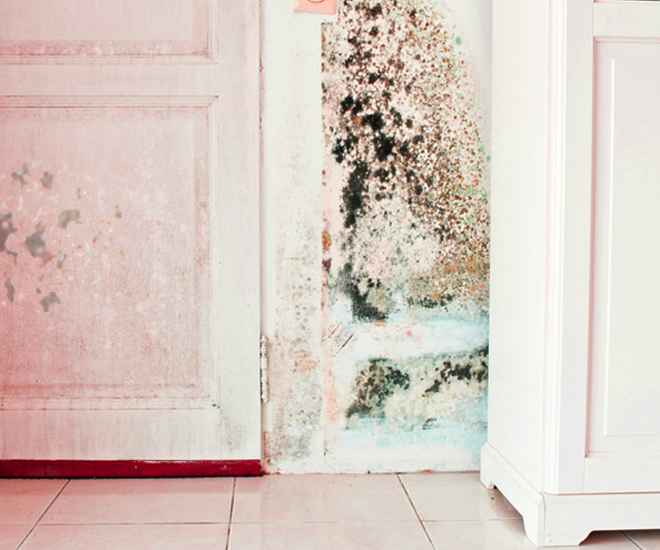Your Ultimate Guide to Blog Post Mold And Mildew Remediation Techniques
Navigating the realm of post-mold removal techniques is a precise process that demands interest to information and a thorough understanding of the details included. In the consequences of mold infestation, knowing just how to effectively get rid of the mold and mildew and prevent its reoccurrence is paramount for preserving a healthy and balanced indoor atmosphere. From picking the best cleaning and disinfecting approaches to executing techniques for long-lasting mold avoidance, each action in the remediation journey plays a vital role in making sure a successful result. As we get started on this exploration of post-mold removal strategies, we will certainly discover the vital methods and finest methods that can help you restore your area to its pre-mold problem and guard it versus future mold and mildew hazards.
Understanding Post-Mold Removal Process
After completing the mold and mildew removal process, it is essential to understand the post-mold removal techniques that are required to make sure a extensive and efficient cleaning. As soon as the mold and mildew has been eliminated, the following action involves cleansing and sanitizing the influenced areas to stop any kind of regrowth of mold.
Moreover, carrying out a last examination post-remediation is crucial to guarantee that all mold and mildew has actually been efficiently removed. This examination needs to entail an extensive aesthetic check along with possibly air sampling to verify the lack of mold spores in the air. If the assessment exposes any type of lingering mold and mildew, added remediation might be necessary. Lastly, informing owners on preventative procedures such as managing dampness levels and immediately dealing with any kind of water leaks can assist keep a mold-free atmosphere.
Effective Cleaning and Disinfecting Techniques

Preventing Future Mold Development

Significance of Proper Ventilation
Correct mold removal garage ventilation plays a vital duty in preventing moisture accumulation, a key aspect in mold growth within indoor environments. Efficient air flow systems help remove excess humidity from the air, lowering the opportunities of mold and mildew spores finding the wetness they need to germinate and spread. Without sufficient air flow, indoor rooms can come to be a breeding ground for mold, leading to possible health and wellness threats and architectural damages.
By making certain appropriate air circulation, air flow systems can additionally assist in drying out damp locations quicker after water damage or flooding incidents, better deterring mold and mildew development. what to do after mold remediation. In areas like shower rooms, cellars, kitchens, and attic rooms where dampness levels have a tendency to be higher, mounting and preserving effective air flow systems is critical in protecting against mold problems

Tracking and Upkeep Tips
Given the critical duty that correct ventilation plays in protecting against mold and mildew development, it is important to establish reliable tracking and maintenance ideas to ensure the ongoing performance of ventilation systems. Monitoring humidity levels within the building is likewise crucial, as high humidity can add to mold and mildew development. By remaining mindful and aggressive to the problem of ventilation systems, residential property proprietors can properly minimize the threat of mold and mildew regrowth and keep a healthy and balanced interior atmosphere.
Final Thought
In verdict, post-mold removal techniques are vital for ensuring a risk-free and clean setting. Understanding the process, implementing efficient cleaning and disinfecting approaches, stopping future mold and mildew growth, preserving proper ventilation, and routine surveillance are all crucial steps in the removal process. By following these standards, you can effectively eliminate mold and stop its return, advertising a healthy and balanced living or functioning area for all residents.
In the consequences of mold and mildew invasion, recognizing exactly how to effectively get rid of the mold and mildew and avoid its reoccurrence is extremely important for preserving a healthy and balanced indoor setting. As soon as the mold has actually been gotten rid of, the following step entails cleansing and disinfecting the impacted locations to protect against any type of regrowth of mold - testing air quality after mold remediation. After eliminating noticeable mold development, it is essential to cleanse all surfaces in the affected area to remove any staying mold and mildew spores. To even more boost mold and mildew prevention measures, it is essential to attend to underlying issues that initially led to mold and mildew development.Given the important function that proper ventilation plays in stopping mold development, it is vital to develop effective surveillance and maintenance pointers to guarantee the ongoing capability of ventilation systems
Comments on “Support on What to Do After Mold Remediation”